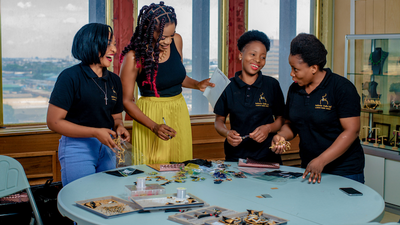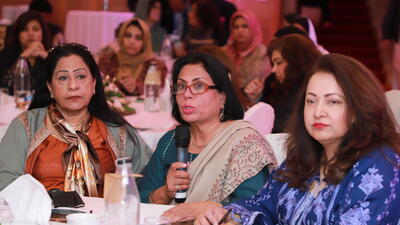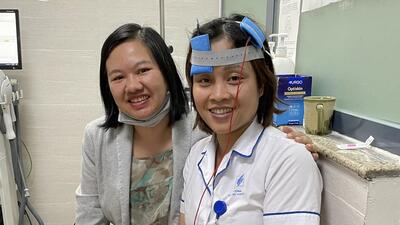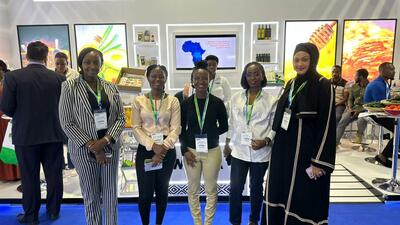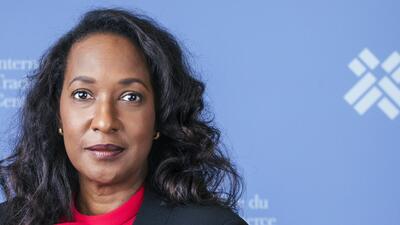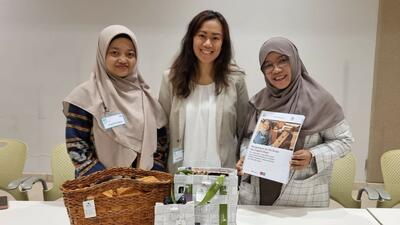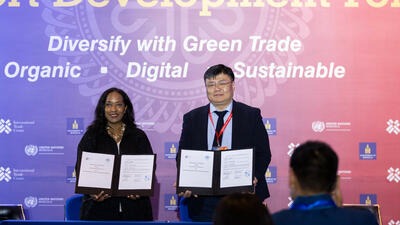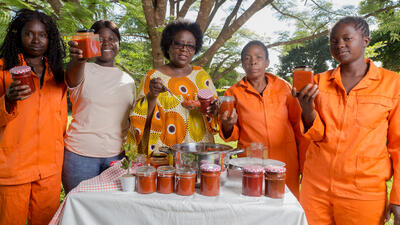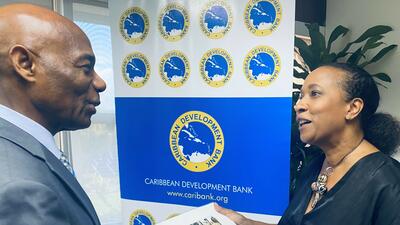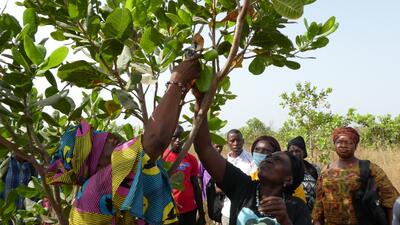
Applying a Gender Lens to the Work and Agreements of the World Trade Organization — Opening Remarks, ITC Executive Director Pamela Coke-Hamilton
Your Excellencies, distinguished guests, and colleagues,
Greetings and welcome to today’s public seminar on “Applying a Gender Lens to the Agreements and Work of the World Trade Organization.” I’m delighted to be with you and grateful to our EU DG Trade partners for their financial support in making this research possible.
I’m also thrilled that we have such an esteemed group of experts with us for today’s webinar. These include our EU colleague, partner, and co-moderator Madelaine Tuininga; one of the two authors of our gender analytical framework, Eugenia McGill; the authors of our technical papers, Birgit Viohl, Kamala Dawar, and Michael Geist; and Nicole Mensa, Special Assistant and Advisor on Gender to the WTO Director-General.
I’d also like to thank peer reviewers from the ILO, UNCTAD, WTO, World Customs Organization, and the Public Procurement Research Centre, and of course ITC’s own Judith Fessehaie and Edison Yap for their guidance throughout this project and for organizing and moderating today’s event.
To help set the stage for today, I’ll first give a brief recap of some of the events that brought us here. I’ll then close with a short example of why conversations like the one we’re having today matter for women entrepreneurs in practice.
As you know, the WTO’s Eleventh Ministerial Conference in Argentina saw an exciting development: the launch of the Buenos Aires Declaration on Trade and Women’s Economic Empowerment. Supported then by 118 WTO members and observers, today we have 127 members and observers that have endorsed this declaration.
There is now a WTO Informal Working Group on Trade and Gender, which has made notable progress in deepening the knowledge base on the trade and gender nexus. We at ITC are grateful to have the opportunity to contribute to their efforts in developing a greater understanding of what a “gender lens” entails in the context of the WTO’s work and the WTO Agreements.
When I first became a trade negotiator for my home country of Jamaica years ago, I came to Geneva to take part in the Uruguay Round negotiations that led to the WTO’s establishment. Little could many of us have imagined then that we’d be having this conversation. It’s been a long road, and we know that there is more work to do to make the trading system more inclusive, equitable, and sustainable.
This conversation is important. But we also have to remember that conversations must lead to action. Last month’s SDG Summit in New York reinforced that we are far from achieving the ambitions of the 2030 Agenda for Sustainable Development, including SDG 5 on gender equality. And our own research at ITC shows that we have a long way to go to ensure women-led and -owned businesses have what they need to thrive.
The working papers published under the EU-funded project give us an even clearer picture of the challenges women face in trade and invite us to consider more critically how current trade rules impact women in the multiple roles they play as consumers, workers, care providers and businessowners. They also remind us that women are not a homogenous group, but face a range of circumstances, challenges, and needs. And in many of the crucial areas for enabling women to participate and thrive in international trade, this research showed that we’re not yet heading in the right direction.
For instance, the evidence shows that the gender divide, when it comes to internet access, isn’t getting better: in fact, we’re seeing the gulf between developed and developing economies widen.
This means less access to education and training.
This means not being able to access mobile internet services.
This means not being able to apply new technologies, such as artificial intelligence, to running a business, or finding international buyers.
And this means not being able to engage in e-commerce, which is crucial given the many roles that women are often juggling, which require flexibility—though we must also keep in mind that this flexibility can come with a price, namely by further entrenching gendered divisions of care and other responsibilities.
That’s just one example, but as we’ll hear today, there are others. I look forward to your feedback on how our gender lens analytical framework and technical papers can help inform your work in applying a gender lens to both current and future WTO agreements, as well as the WTO’s work overall.
Thank you all, and I wish you a productive seminar.




